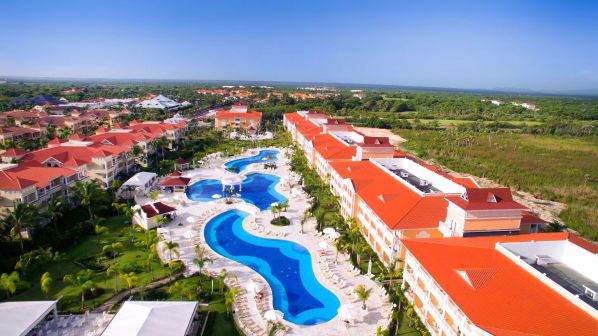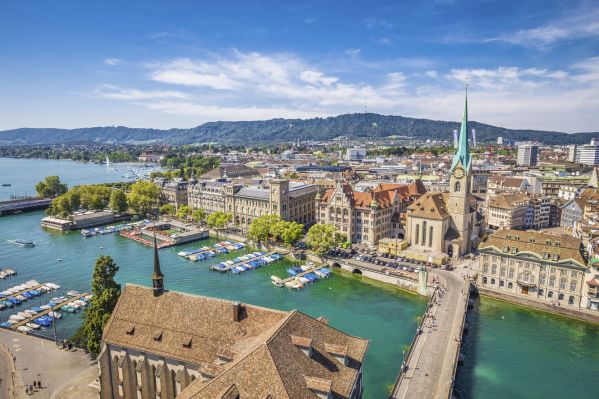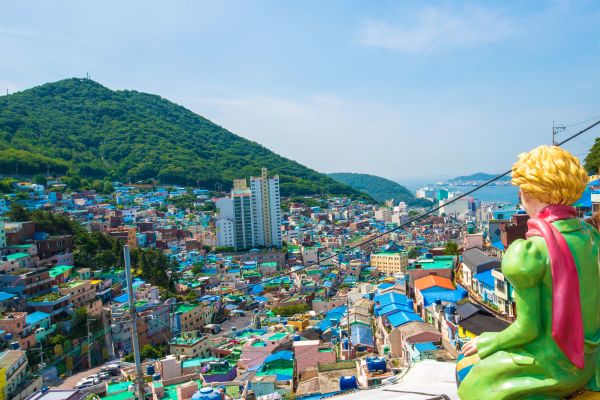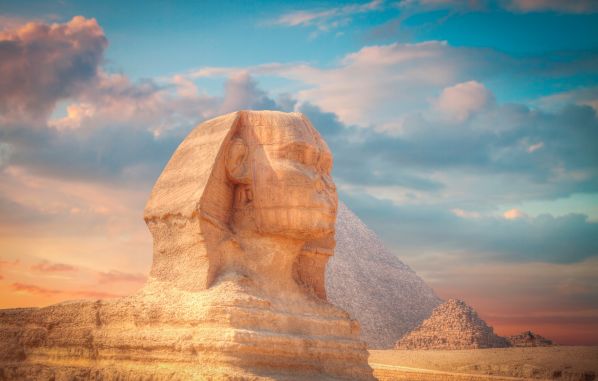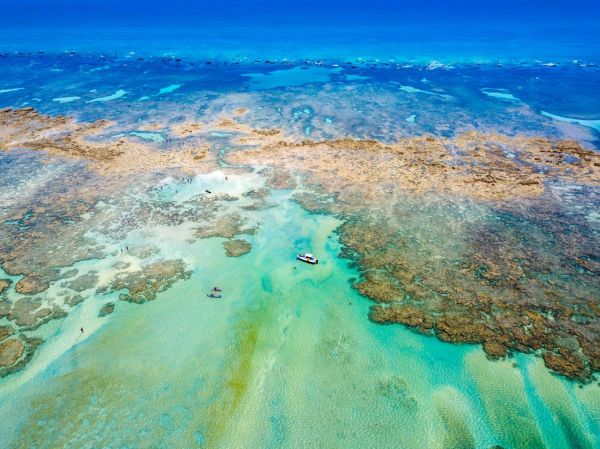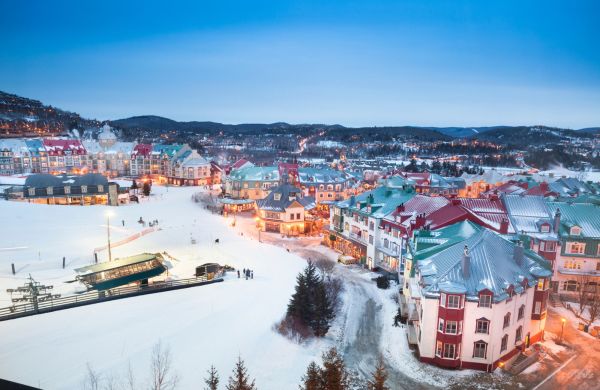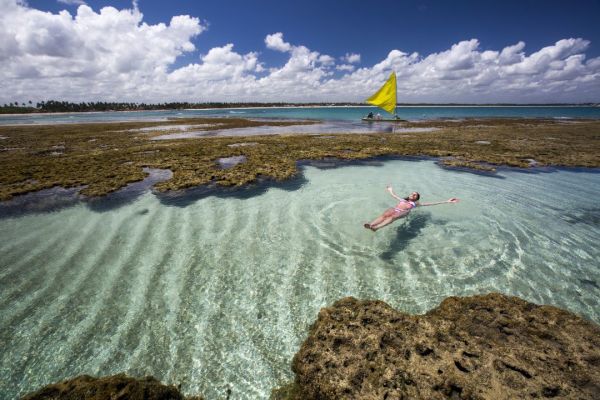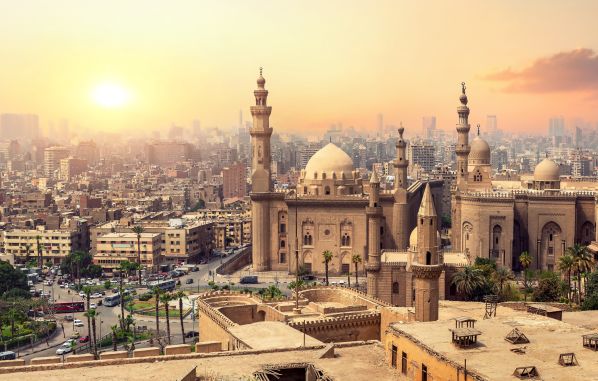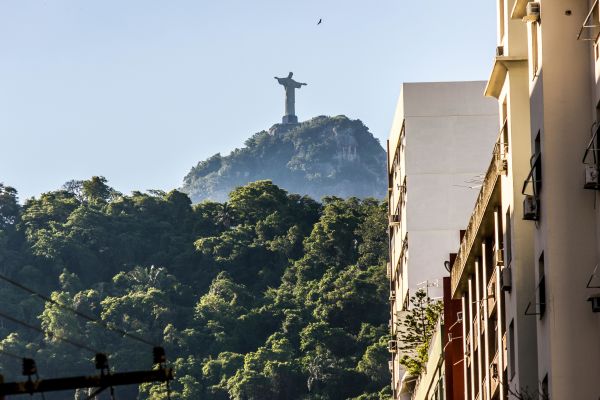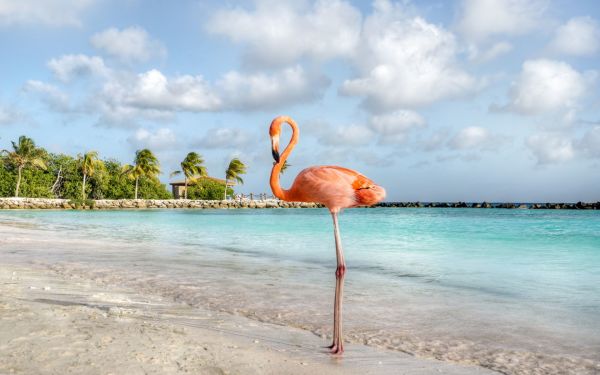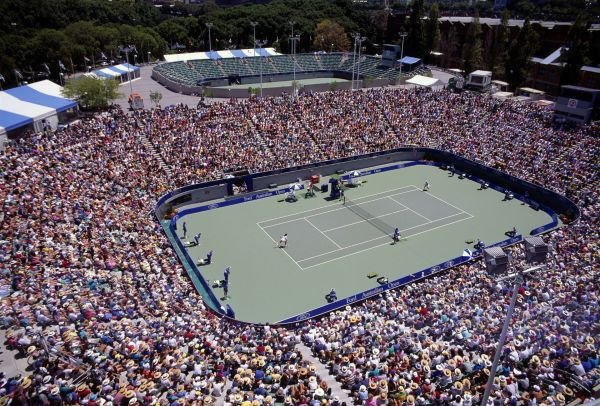Expan Experience: The Spanish Route of Don Quixote and Wines

Invited by Turespaña , Valeria Villalobos , Head of Digital Marketing at Expan Tours , had the opportunity to explore the Castile-La Mancha region, the incredible Spanish route of Don Quixote, and its great wines . It was a nine-day trip filled with discovering historical landscapes, traveling back in time, and enjoying plenty of excellent wine . And why not, given that it's one of Spain's most important wine routes?
In a faraway place in La Mancha…
" I would venture to say that 25 years have passed since I read 'Don Quixote of La Mancha' . At that time, I understood little of Old Spanish and certainly didn't enjoy one of the most important literary works in history as I should have. But experiencing it was completely different ."
I ventured into the Castile-La Mancha region eager to be surprised by whatever lay ahead , with only a glimmer of certainty provided by Toledo , the region's capital. The late spring temperatures of over 30°C in La Mancha gave way to unusual rainfall for a predominantly dry region, creating the perfect conditions for the production of grapes that yield spectacular wines. But we'll talk about that later .
From the very first day, Don Quixote emerged as one of the main protagonists of the route . It would never have occurred to me that in a town as small as Argamasilla del Alba, one of the key events that sparked the creation of this masterpiece took place. According to local lore, the Medrano Cave was the place where Miguel de Cervantes was imprisoned, thus giving rise to the first chapter of the book .
The Quixotic atmosphere grew stronger with each corner we visited. That's how we arrived at El Toboso , the birthplace of his beloved Dulcinea. But could this be true? For each of you to judge, the story goes like this: this house dates back to the 17th century, when it belonged to the siblings Esteban and Ana Martínez Zarco de Morales . The latter is said to have been Cervantes's lover and the inspiration for Dulcinea del Toboso.
Today, the house is a museum and houses a period display , but above all, a display of the woman's room, from whose window she would have gone out to meet Don Quixote .

The highlight of the experience is Campo de Criptana . Throughout the entire route, we could see the iconic windmills of La Mancha in the distance, the very "giants" against which the nobleman would have fought. These rise above the Albaicín neighborhood , surrounded by narrow streets and houses painted white and blue, which four centuries later gave life to one of the coolest areas of the city, with restaurants and bars perfect for enjoying the sunset , especially on Sundays .

Don't let them pull the wool over your eyes on the Don Quixote route.
Much to Miguel de Cervantes' possible dismay, it must share its regional prominence with something that attracted us with high expectations: wine . Because, along with La Rioja and Ribera del Duero, the Castile-La Mancha region produces, indeed, wines of superior quality . But this is not a recent history .
The city of Tomelloso is wonderful above ground, but it's equally so beneath it. Walking through its streets, you might come across hundreds of skylights, grates that once allowed a whole world to breathe, a world that, centuries ago, thrived underground .
The subsoil of Tomelloso conceals a network of approximately 4,000 caves where enormous clay amphorae stored wines—primarily family-produced—during the fermentation period . Many of them remain a mystery, but the Galileo cave welcomed us, transporting us to the bygone world of Spanish winemaking history .

To be honest, I don't know how many glasses of wine I had. But I can say with certainty that none of them lived up to my expectations. Along with the wine came Manchego cheese , made with milk from sheep of the same breed. Mature, semi-mature, with oil, with rosemary, or however it was prepared, it was impossible to resist . It's so delicious that its dominant flavor is capable of masking any imperfection in the wine . Hence the famous regional saying , "don't let them pull the wool over your eyes." But I didn't mind: wine and cheese were always the perfect combination .
And there was one place in particular where I came to that conclusion: Pago de La Jaraba . This enormous estate produces everything that's good in this world: wine, cheese, and olive oil. Its grand manor house and winery welcome you to begin the tour, which continues at the livestock farm. Hundreds of Manchega sheep gather in this giant barn to begin the cheese-making process. From there, the milk goes to the dairy to create the most delicious Manchego cheeses. Finally, the tour takes you to the olive mill , where they produce extra virgin olive oil from their own harvest .

A medieval walk
No tour of Castilla-La Mancha can overlook its capital, Toledo . From the outskirts, this medieval city, perched on a hill and surrounded by the Tagus River , comes into view. Crossing one of its incredible bridges is like embarking on a journey into the past, where a rich Christian, Muslim, and Jewish heritage coexist .
Toledo is a city to visit at a leisurely pace and in comfortable shoes. It's a constant up and down of narrow cobblestone streets where no one would imagine a car could fit until they see it in person. Among shops selling swords and armor, you can reach places like the Cathedral, the Alcázar, the El Greco Museum, or the Synagogue of El Tránsito .

" You have to dedicate at least two days to the regional capital to immerse yourself in its history , marvel at its heritage, fall in love with its hidden corners and, of course, since that's what we came for, eat well and drink some of the best wines in the world ."
You might also be interested in: Best Florida beaches that aren't Miami: Clearwater, Siesta Key and more

